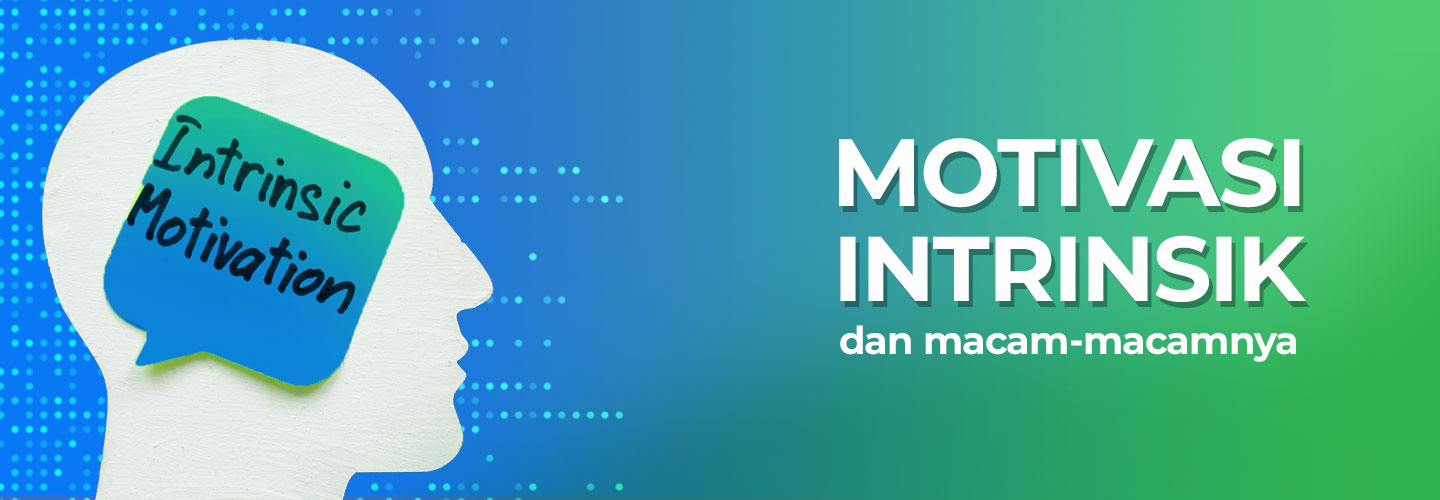Types of Intrinsic Motivation and Its Examples

The success of a company is not only realized when the company's financial condition has reached a profit. Basically, a successful company requires contributions from employees. Therefore, employees become an important resource for the company.
As a crucial resource for a company's success, it is important to keep employees motivated. Usually, employee motivation can be in the form of rewards that are felt from within or from outside.
What is intrinsic motivation?
Intrinsic motivation is things that motivate a person with the aim of getting rewards internally. In other words, this includes activities based on personal satisfaction or simply for fun whose praise does not come from outside.
Many activities can be carried out and determined by intrinsic motivation. A simple example is going to the gym, playing a game, or helping someone cross the street just because it gives someone pleasure and a feeling of comfort.
Motivation is greatly influenced by culture, society and a person's lifestyle. Each culture can also be driven by the educational background, social environment and lifestyle that influence it.
Types of Intrinsic Motivation
Intrinsic motivation comes from within as something that can be positive or negative. Even though it is not something that is easy to cultivate and apply to someone, intrinsic motivation can last longer. Here are some examples of intrinsic motivation.
1. Competence Motivation
This motivation is driven by curiosity about a skill. This is also known as learning motivation which involves more skill development.
For example, when employees learn new sales techniques. When this encourages promotions by increasing sales, this is not the main goal and is only added value.
2. Creative Motivation
Creative motivation is usually triggered by the desire to be able to express something. This can produce something in the form of words, works of art, songs, or even business products. However, the desire to start came from wanting to express myself.
Creative motivation is never misunderstood as extrinsic motivation because there is self-drive from the start. Even if only one person benefits from the motivation, the motivation remains.
One of them is when someone wants to write a book. That person will feel satisfied when he succeeds in writing it down even if his writing is not published or spread throughout the world.
3. Achievement Motivation
Similar to competency motivation, the goal of achievement motivation is to achieve a goal for self-development. A practical illustration of achievement motivation is pursuing an external achievement simply because of the feeling of reaching that point.
The process of achieving this achievement is not burdensome regardless of the fluctuations that come your way. Whether there is recognition from external parties or not, the end result is the goal.
This kind of motivation makes a person feel valuable when they succeed in achieving a goal. In organizational situations, this can arise when someone becomes a model employee or is included in the wall of fame.
4. Behavioral Motivation
This type of motivation is based on the desire to change the world, do something good, or help people. No matter what people say, this motivation appears in a person when they see something wrong and want to fix it or change it.
This often stems closely from culture, education, and other aspects of personality. Typically, behavioral motivation appears in the form of activity or volunteering.
An example of this motivation can be as simple as helping someone else carry shopping bags when you come home tired from work. There is no real reward, but motivation drives the feeling of wanting to help.
5. Physiological Motivation
Physiological motivation will focus on satisfaction when successfully obtaining basic physiological needs such as water, food, sleep, or warmth. In other words, physiological motivation encourages a person to do something in order to survive.
When you get physiological motivation, the reward may not always be tangible but can be felt. This is caused by basic human needs that cannot be negotiated, such as wanting to live healthy or sleep well.
These are several types of intrinsic motivation that can influence a person's attitudes or behavior in making decisions. Everyone basically has a primary drive that can be utilized positively in the world of work.
This can be recognized through an Assessment Program which aims to help an employee find out his best potential. This program can also help with the restructuring process within the organization in order to place someone successfully in a strategic role in the company.